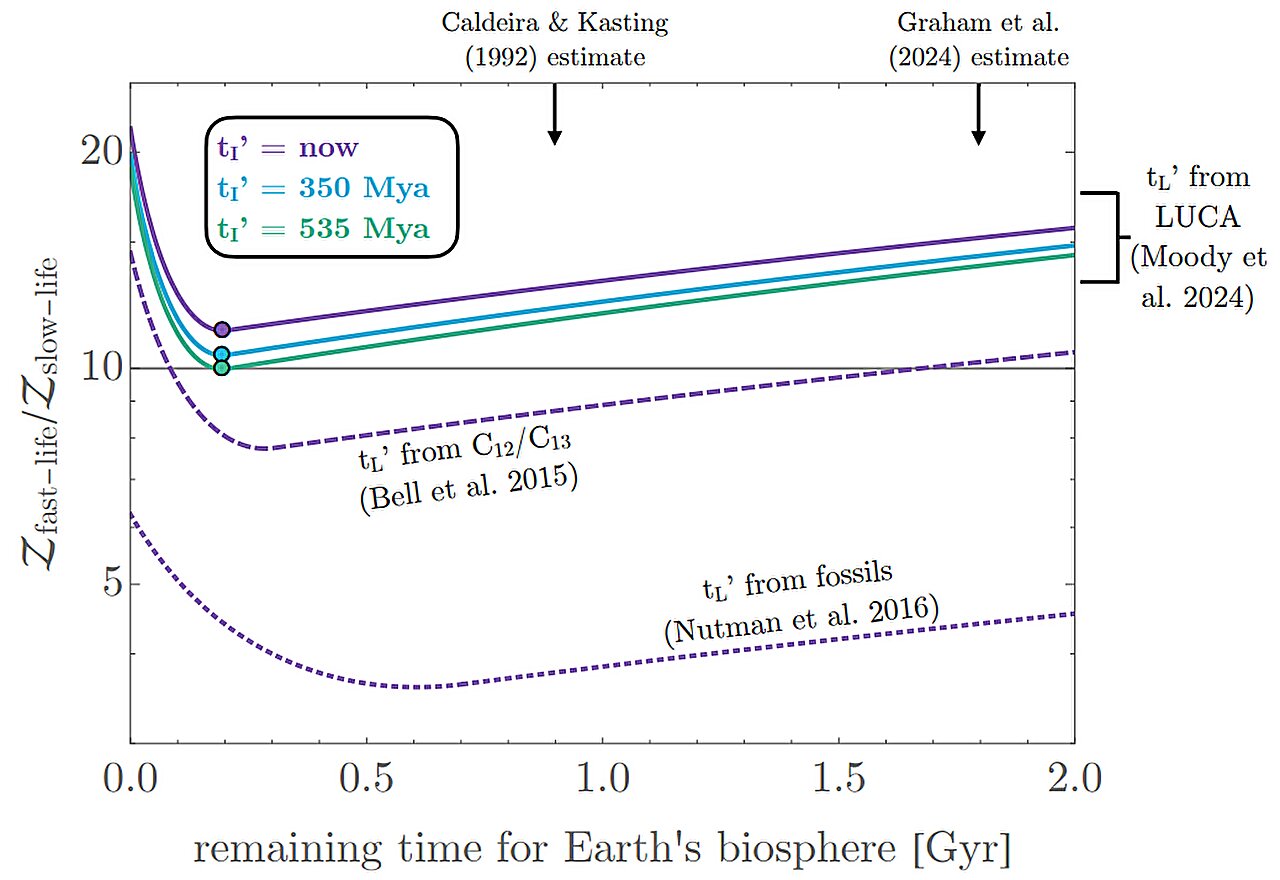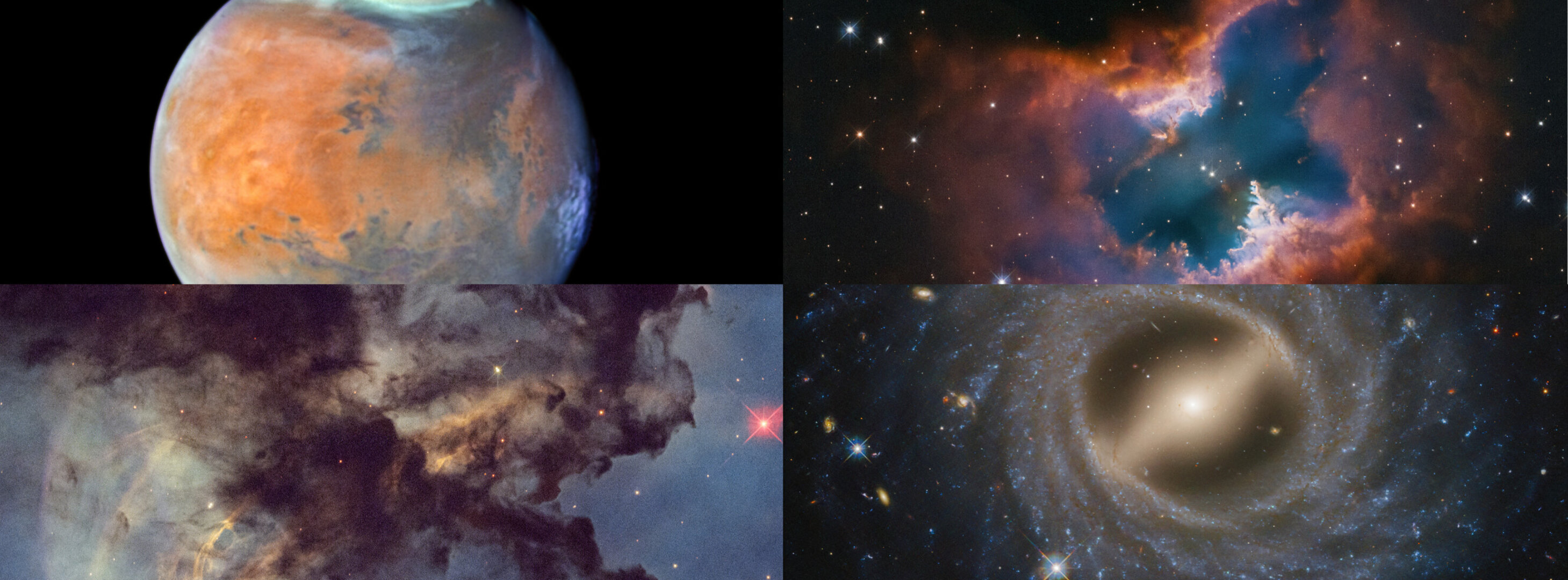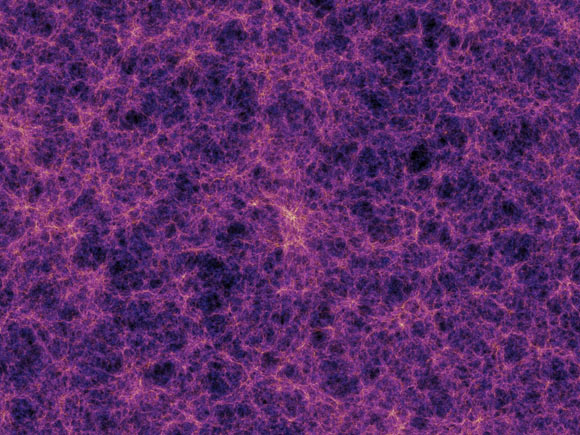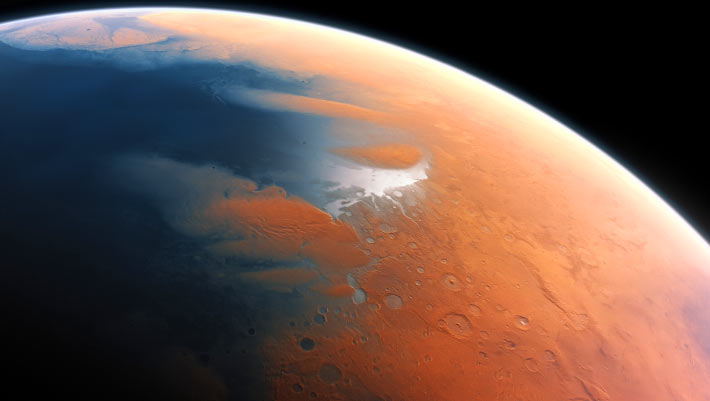
An astronomer at Columbia University is suggesting that because life emerged so soon on Earth after its formation, it may emerge rapidly on Earth-like planets after the right conditions arise in general.

Lengthening days are linked to the oxygenation of Earth's atmosphere, according to a study from 2021.

Physicist Melvin Vopson offered a new interpretation of gravity, arguing that it could be evidence that reality is a computer simulation.

A US teenager was recently reported to have developed the oddly named medical condition "popcorn lung" after vaping in secret for three years.

The largest known structure in the Universe may be even larger than the large we thought it was.

A lonely black hole roaming the cosmos in solitude has been confirmed for the first time.

After over three decades of scrutinising our Universe, Hubble remains a household word as the most well-recognised telescope in scientific history.

From 1 January 2023 to 20 April 2025, bleaching-level heat stress has impacted 83.7% of the world’s coral reef area.

New research finds that despite large rivers and seas of liquid methane, Saturn's moon Titan seems mostly devoid of river deltas.

An international collaboration has published groundbreaking research, shedding light on the most significant increase in complexity in the history of life's evolution on Earth: the origin of the eukaryotic cell.

Astronomers have detected the most promising signs yet of a possible biosignature outside the solar system, although they remain cautious.

New research led by University of Hawaii astronomers suggests our Universe may rotate - just extremely slowly.

The distribution of valley heads on Mars matches predictions for a climate that includes precipitation rather than just runoff from melting ice caps.

Astronomers at MIT have discovered a rocky exoplanet orbiting the bright K-dwarf star BD+05 4868A and observed variable transit depths that are characteristic of comet-like tails.

The fact that this bacteria so closely resembles that transition point, from two single cells with different genetics to one inseparable cluster, is fascinating: embryo comparisons have provided many clues about our evolutionary history.